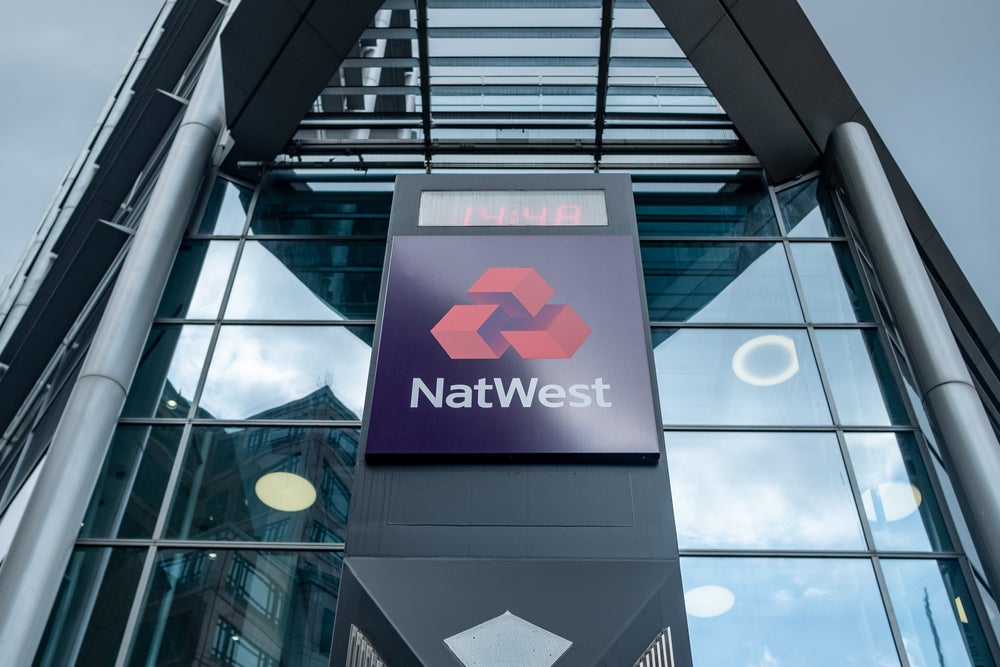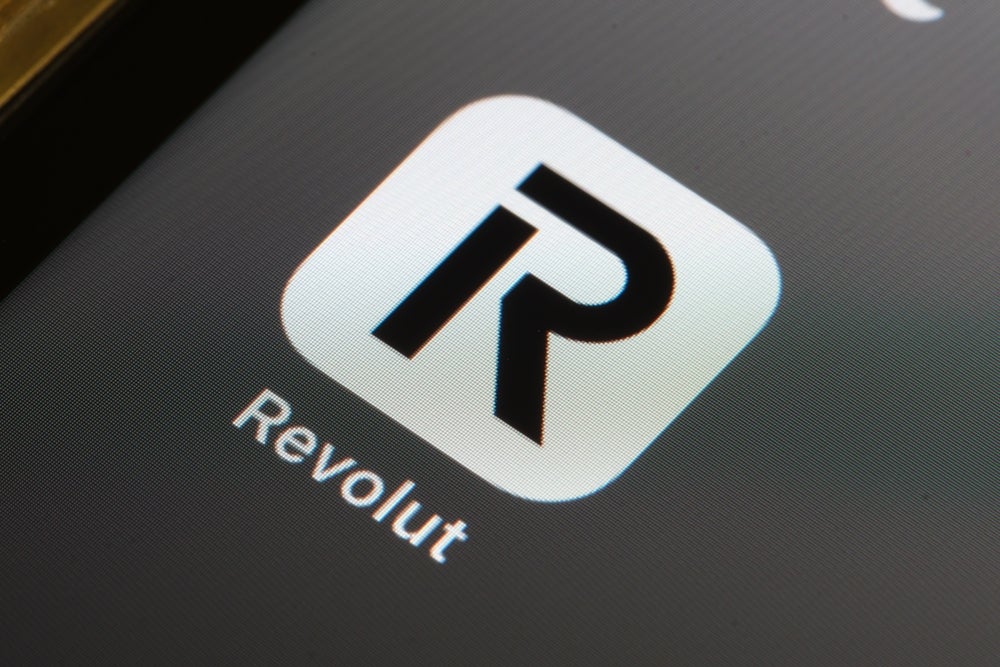While the financial services business may celebrate the success of open banking and debate the fine points about its future the operative direction of travel here is that open banking has landed in the lap of the consumer. It’s here that its applications will outweigh its concepts, driven, unfortunately, by a stinging cost of living crisis that has gripped UK consumers tighter than any winter chill ever could. The outcome just might provide the momentum needed for open banking to become a mainstay of the UK financial.
UK open banking milestone: user numbers hit 6.5 million
In mid-January, the Open Banking Implementation Entity (OBIE) announced that it had completed the roadmap it set out back in 2016, bringing 6.5 million consumers into various use cases. OBIE marked the occasion by handing it off to the Joint Regulatory Oversight Committee (JROC), and it has proposed a new yet unformed entity to take open banking to the next level. The problem is that a group of fintechs with a considerable stake in the game want more than a new entity. They want direction, and they want it now, as expressed in a statement released on the heels of the OBIEs victory lap.
But the group that matters most – consumers – has no time for statements or new organisations. The nine banks currently involved in open banking have exposed consumers to the various payment protections and payment options that open banking affords, regardless of how and through whom they access them.
Marrying consumer needs with industry technologies
And new data from Bottomline shows that this meeting of consumer needs and industry technologies can’t happen soon enough. When The Guardian posts an editorial urging the energy sector to “be more proactive with regard to its vulnerable customers, instead of expecting them to request special treatment,” you know the situation has reached fever pitch.
That Bottomline data comes from its PTX payments platform and aggregates it from anonymous and direct corporate customers only. Bank partner customers are excluded under privacy regulations. It shows that open banking provides one of the causes and many of the cures for consumer ills. While direct debits have no association to open banking (and I’ll connect this in a moment for you), they are a function of the digital payments’ infrastructure.
By measuring direct debits and direct debit failures or cancellations, the cost-of-living crisis is written in dramatic terms. Direct debits allow consumers to arrange recurring payments like gym memberships, utility payments and subscription-based fees like streaming services. In January 2022, before the 8%-plus cost-of-living increases checked in, Bottomline tracked 9.5 million failed direct debit payments at a cost of £1.5bn. Fast forward to November and it has doubled, rising to a staggering 18.3 failed direct debits totaling £2.5bn. Things didn’t improve for direct debit failures or the cost-of-living index in December. In fact, they rose to 19.6 billion for a total value of £2.7bn.
How well do you really know your competitors?
Access the most comprehensive Company Profiles on the market, powered by GlobalData. Save hours of research. Gain competitive edge.

Thank you!
Your download email will arrive shortly
Not ready to buy yet? Download a free sample
We are confident about the unique quality of our Company Profiles. However, we want you to make the most beneficial decision for your business, so we offer a free sample that you can download by submitting the below form
By GlobalDataThe need to extend open banking applications
The vast majority of the failures occurred due to insufficient funds in the payer’s bank account, similar to a bounced cheque. But the problem for UK businesses is that the average cost of a bounced cheque is about £24. And the average cost of a direct debit failure is double that amount.
It’s a high price to pay that could be avoided by extending just three of open banking’s many applications: 1) One-time payment options to give consumers more control over how and when they pay 2) open banking enabled refunds to control money potentially due back to the payer and 3) variable recurring payments (VRPs) giving consumers control when initial payment arrangements are no longer tenable. While direct debits are processed using 3-day Bacs settlement process, variable recurring payments use faster payment rails, meaning funds settle instantly. It’s not likely that one will eradicate the other, but it is likely that they will live together harmoniously, and that consumers will be, or should be, given several payment options.
Banks: the need for strategy optimisation
The future of open banking will be determined by its applications, not its general concepts. With that in mind, I would recommend the following for financial institutions on their open banking journey, as well as the companies on the front lines with consumers under siege:
For banks: Develop strategies that considers the different types of open banking applications. If you only have one strategy, it’s possible that finance teams might miss innovating on features like more efficient and transparent onboarding processes, personal finance management products and data analytics that define credit risk and know your customer, among other things. Open banking has arrived in a hurry and is at a tipping point. Regulators are fighting to keep pace. One of your jobs is to deploy open banking proactively within the guidelines and best practices set out so far by various agencies.
For businesses: Communicate, communicate, communicate. And if necessary, change your communications to be more sensitive toward the current situation. Consumers will remember how you treated them during a crisis. So, you can alienate them with demanding emails and robocalls or you can choose to make them aware that open banking offers payment options. And go easy on the jargon. Open banking probably means nothing for the family that was already living from pay packet to pay packet before the crisis and is now struggling to stay afloat. However, you will surely get their attention and affinity if you explain VRPs and one-time payments in a language they understand. Open banking allows a business to facilitate payments in a customer-centric fashion.
The conversation around open banking has shifted from the boardroom to the living room. It belongs with the consumer, and if the industry does its job correctly, the 6.5 million UK consumers using it will hopefully increase at an accelerated rate.
Vinay Khosla is Head of Product for Data & Analytics, Bottomline






